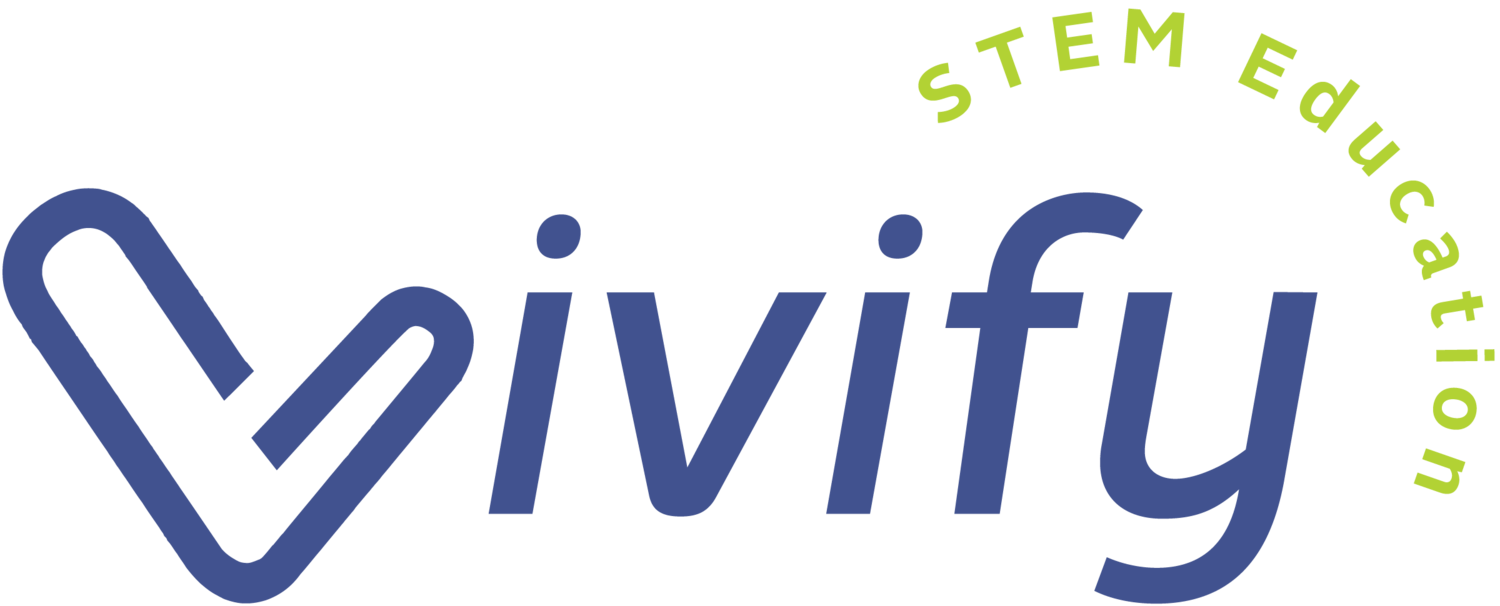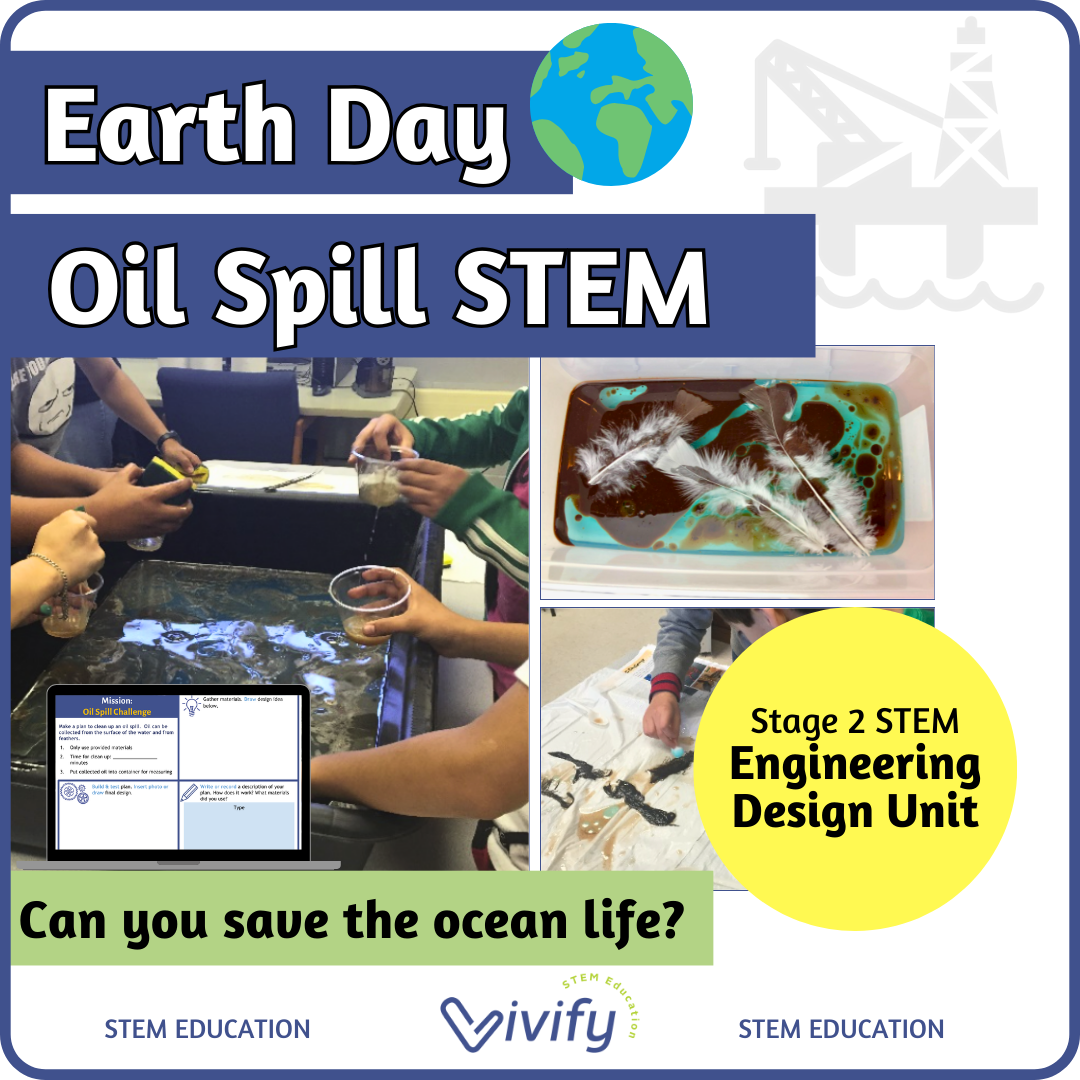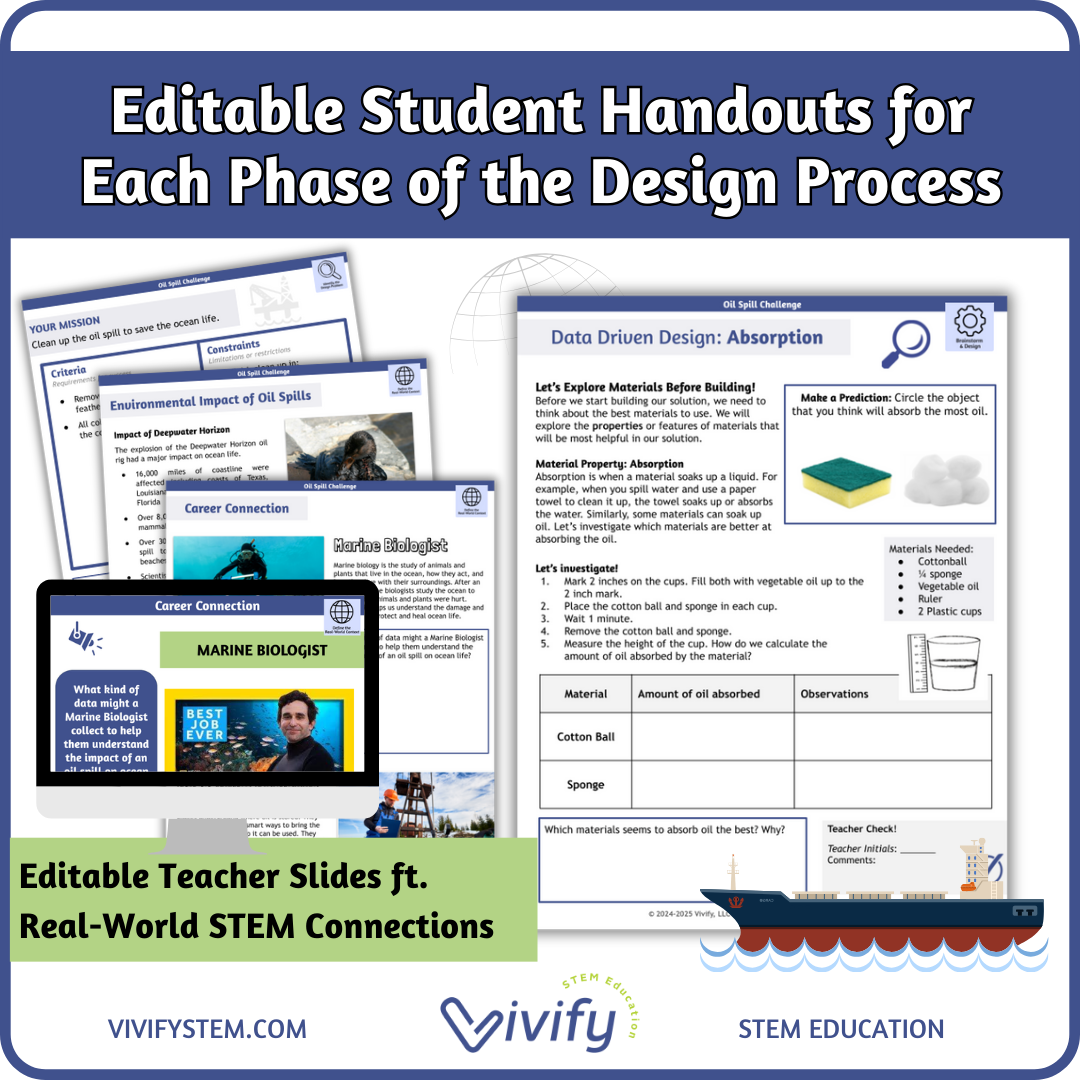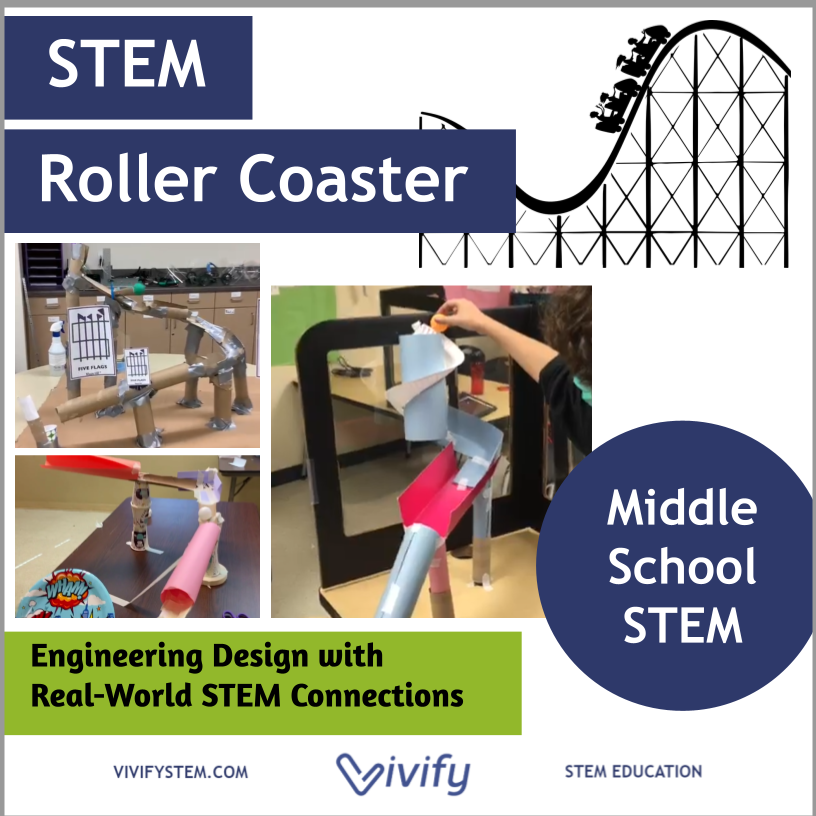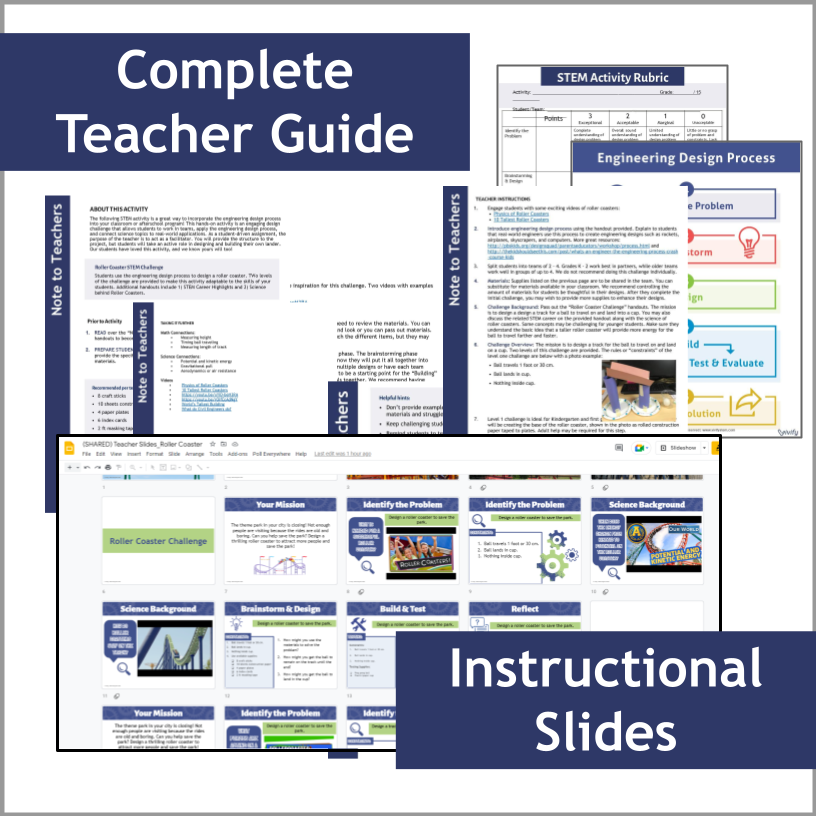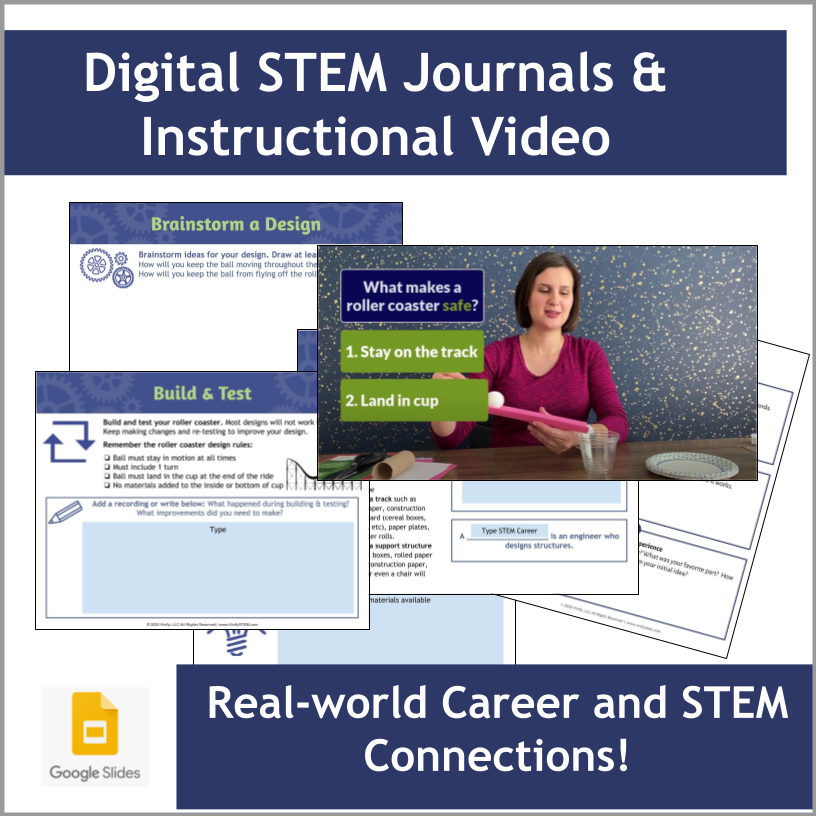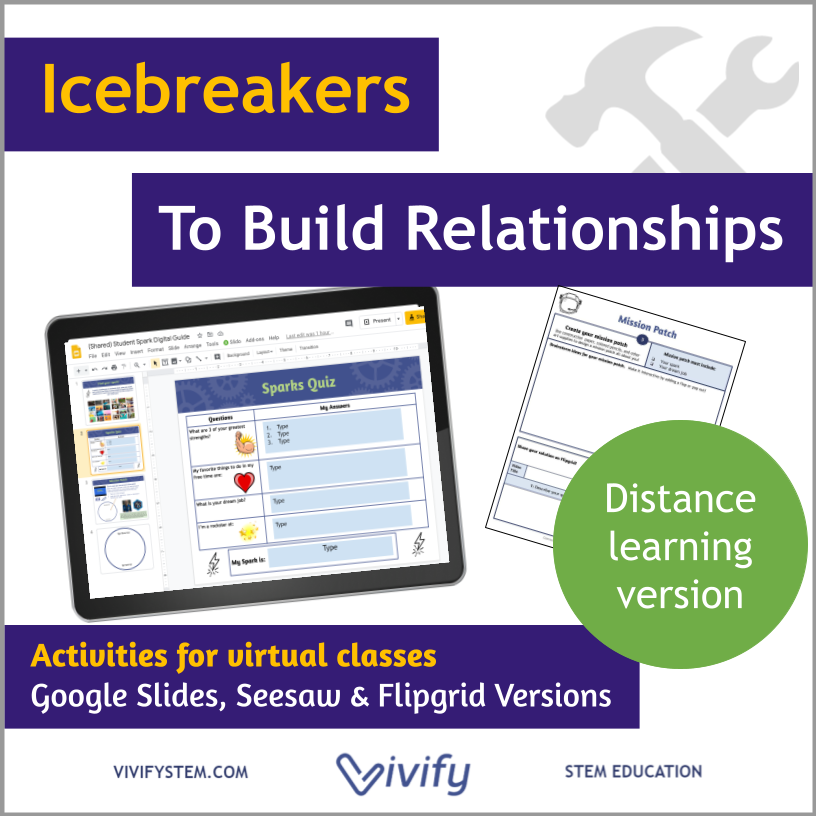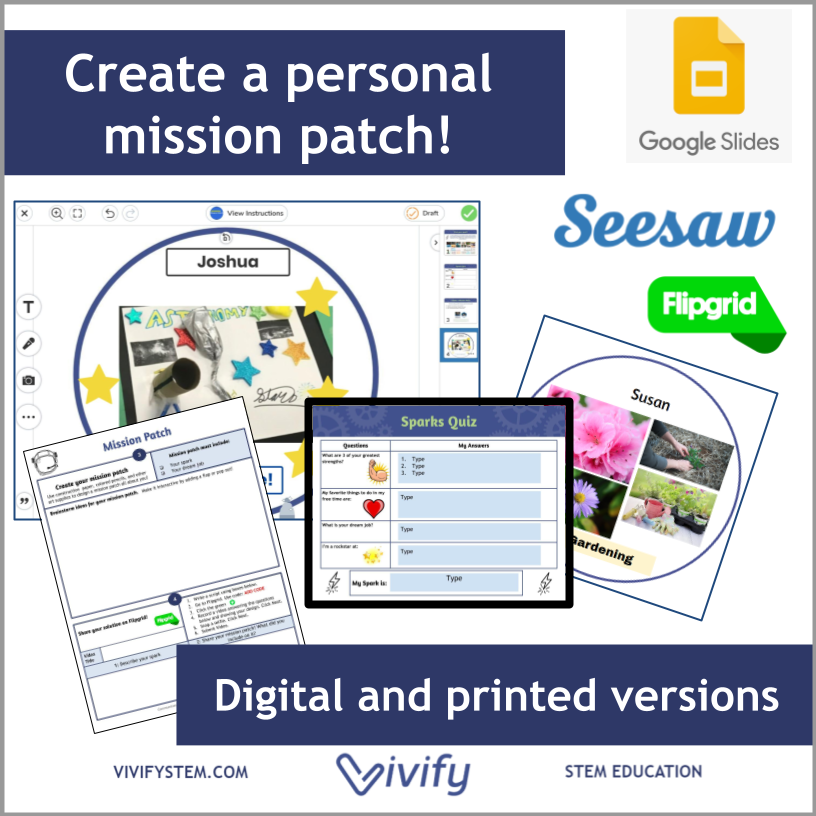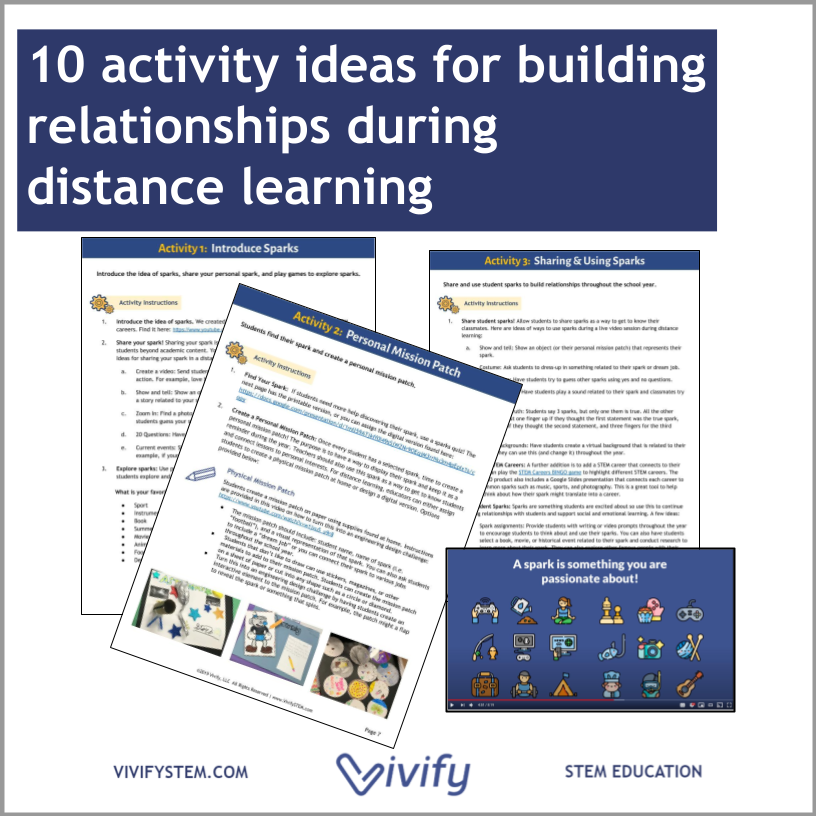Oil Spill STEM Challenge
Learn about the effects of an oil spill on the environment through a hands-on engineering challenge! Students work in teams to devise a plan to get the oil spill cleaned up in a specified time of work.
Grades: 2nd - 9th
Teaching Duration: 225 minutes
Learn about the effects of an oil spill on the environment through a hands-on engineering challenge! Students work in teams to devise a plan to get the oil spill cleaned up in a specified time of work.
Grades: 2nd - 9th
Teaching Duration: 225 minutes
Learn about the effects of an oil spill on the environment through a hands-on engineering challenge! Students work in teams to devise a plan to get the oil spill cleaned up in a specified time of work.
Grades: 2nd - 9th
Teaching Duration: 225 minutes
“This was a great packet, both my students and I thoroughly enjoyed it! The readings and notes were perfect for giving my students the background knowledge that they needed. ”
Lesson Overview
Oil Spill STEM Activity - Great for Earth Day!
Learn about the effects of an oil spill on the environment through a hands-on engineering challenge!
An oil spill has devastating impacts on ocean life. In this hands-on challenge, students design and test a solution to clean up oil from water and bird feathers using only the materials provided. The unit includes activities on the science of absorption, investigations on how different soaps interact with oil, and real-world connections to major oil spill events, environmental impacts, and related STEM careers. At the end of the unit, students will develop a mission report to present an innovative cleanup design.
Adaptable activity: This activity is developed and aligned to standards for upper elementary (grades 3 - 5), including math problems around measurement, percentages, volume calculations, and ratios. The lesson can easily be adapted to middle school grades to cover environmental science topics and engineering design principles. Through the activity, students will understand the challenges of cleaning a major oil spill disaster and will lead to discussions on the effects on marine plants and animals. This is great for an Earth Day activity!
Read more about the Oil Spill Challenge here.
Included in this product
Aligned to: NGSS, TEKS, and ITEEA Standards for Engineering & Technology Literacy
Engineering Design Process poster
Oil Spill Lesson Plan
Editable teach slides
Materials list and activity suggestions
Student handouts including information on BP Oil Spill, cleanup efforts, and environmental consequences
Digital STEM journal in Google Slides
Printed STEM journal for distance learning (editable in Google Slides)
Student activity guide
STEM Career Connection: Marine biologist, petroleum engineer
Math Connection at an upper elementary and middle school level: Percentages, Measurements, Volume (*in SI and metric units*)
Reflection Questions
Recommended Supplies:
Tray with water and oil mixture (vegetable oil with cocoa powder)
Feathers in the tray
10 jumbo Cotton balls
Cup with dish soap (about ¼ cup or 60mL)
1 sponge per student
3 Spoons
1 clear plastic cup per student to collect oil
Tarp
In this lesson, students will:
Recognize that oil spills occur and the environmental implications they have on wildlife and water.
Define the criteria and constraints of an engineering problem
Use data to inform design decisions
Evaluate design performance and identify ways to improve
Recognize that different materials absorb oil differently.
Develop an investigation to identify how different brands of soap breakdown oil.
Use common materials to design a solution to remove oil from water and feathers
Use knowledge of material properties to choose the best materials to use.
Measure the amount of oil collected.
Calculate the amount of volume collected.
Identify current methods of oil spill clean up in the water and on ocean life
